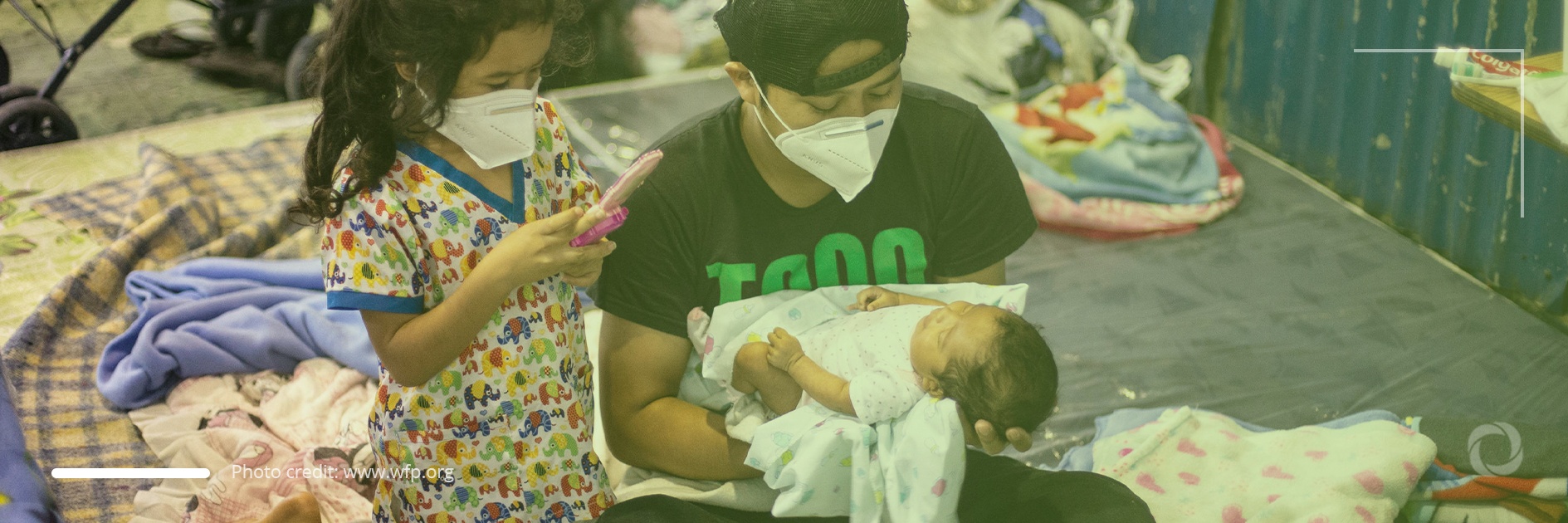Central America has reported an increase in hunger and poverty rates for the first time in the last 20 years with this reversal has been fueled by the ongoing pandemic, conflicts, and unfavorable weather events.
Adoniram Sanches, sub-regional coordinator of the UN Food and Agriculture Organization (FAO) for Mesoamerica, indicated that, under these circumstances, 50 million people are experiencing severe food insecurity while 41% are affected by moderate food insecurity. The pandemic is not the only contributory factor leading to the alarming levels of hunger with conflicts and climate crisis also adding to the problem, according to Sanches.
Guatemala is the worst-hit country in the region with 18% of people there facing severe food insecurity. Moreover, the most vulnerable to food insecurity in the entire region are women, members of indigenous communities, and people of African descent.
Increasing hunger rates go hand in hand with growing levels of poverty in Central America. About 70-75% of Hondurans live in poverty as a result of the ongoing economic crisis in the country and the employment layoffs triggered by the pandemic, the Honduran think-tank FOSDEH (Social Forum for the External Debt of Honduras) has estimated. Poverty in Guatemala rose from 48.6% in 2019 to 51.6% in 2020 according to data from the Economic Commission for Latin America and the Caribbean. El Salvador has reported an increase from 33.7% in 2019 to 40.2% in 2020 while in Nicaragua the poverty rate was 47.1% in 2019 but reached 52.7%. 2020. As many as 14.6% of Panamanians lived in poverty in 2019 with this figure rising to 17.5% in 2020 while Costa Rica also reported an increase of over 5% in poverty levels up to 26.2%. There is no available 2020 data for Belize but in 2018, 52% of the country’s population lived in poverty.
Commenting on this issue, Sanches said that the highest level of poverty is recorded in the so-called Central American Dry Corridor which is the tropical dry forest and covers El Salvador, Guatemala, Honduras, Nicaragua, Costa Rica, and Panama, inhabited by 10 million people.
Areas in the Dry Corridor regularly experience droughts and disastrous flooding that destroy people’s livelihoods, crops, harvest, and livestock leading ultimately to food insecurity. Sanches indicated that El Salvador, Guatemala, and Honduras are particularly vulnerable to such extreme weather events.
He also added that the cause of hunger is not the lack of food but the fact that many people cannot afford to buy it. “The problem of hunger does not stem from production, but lack of economic access and resources to get food.”


